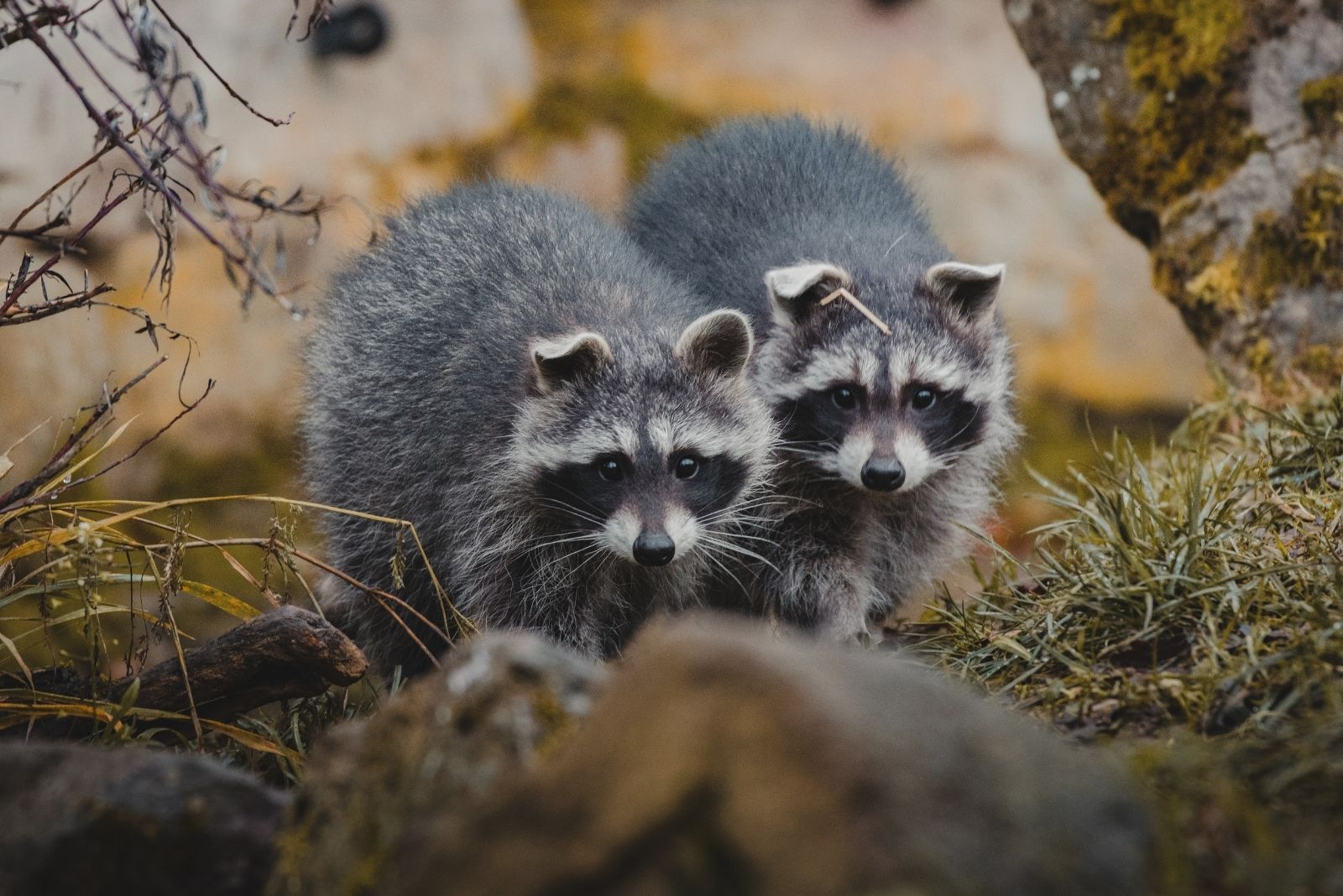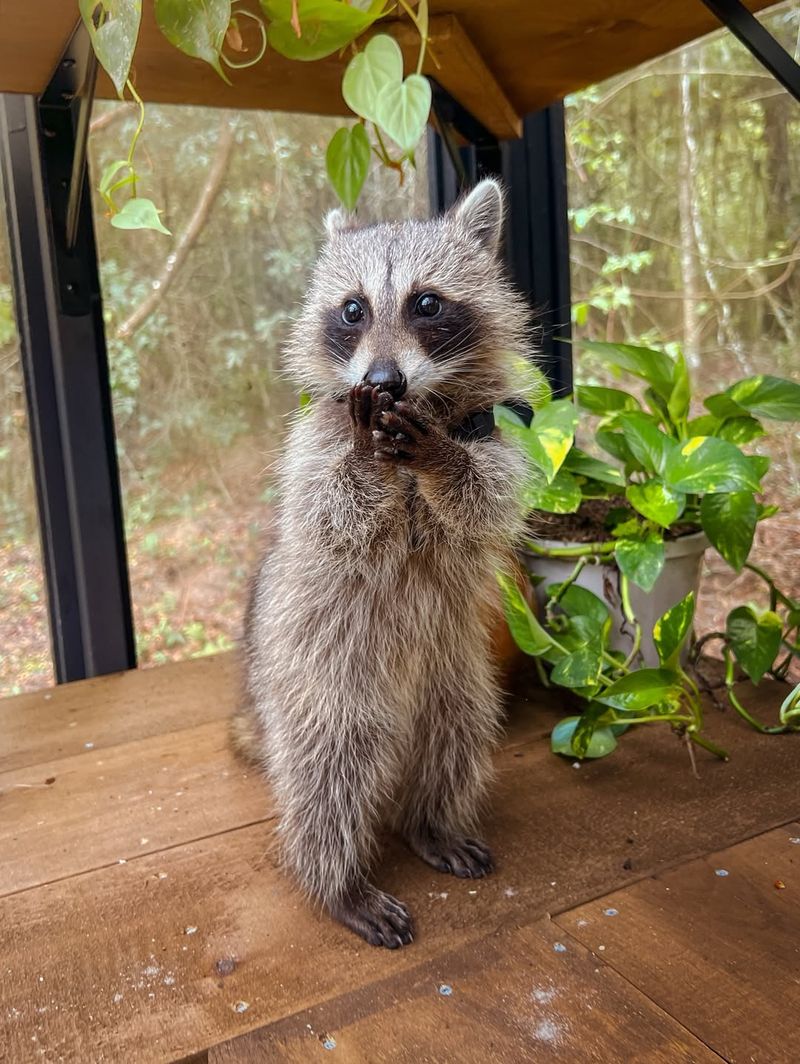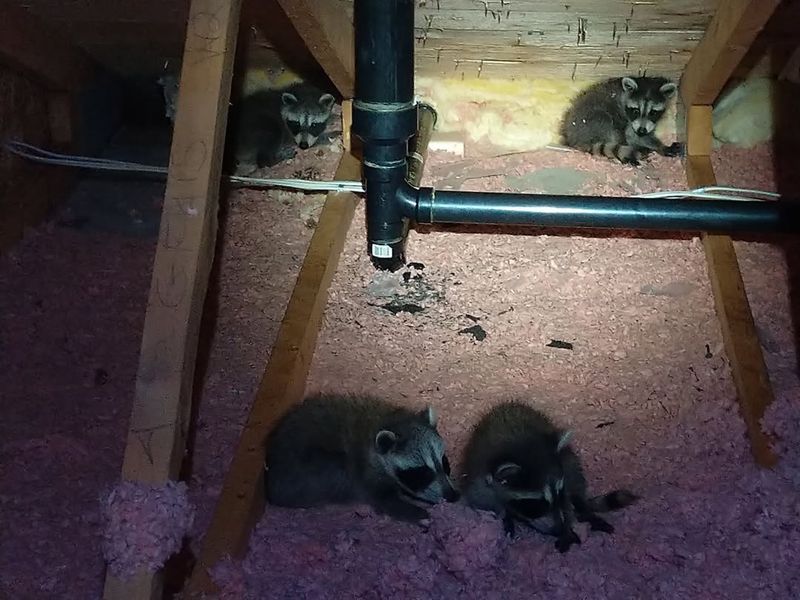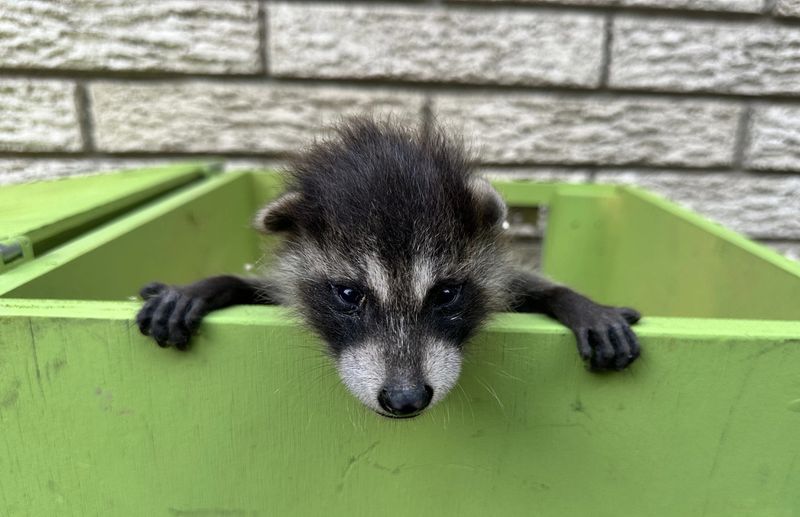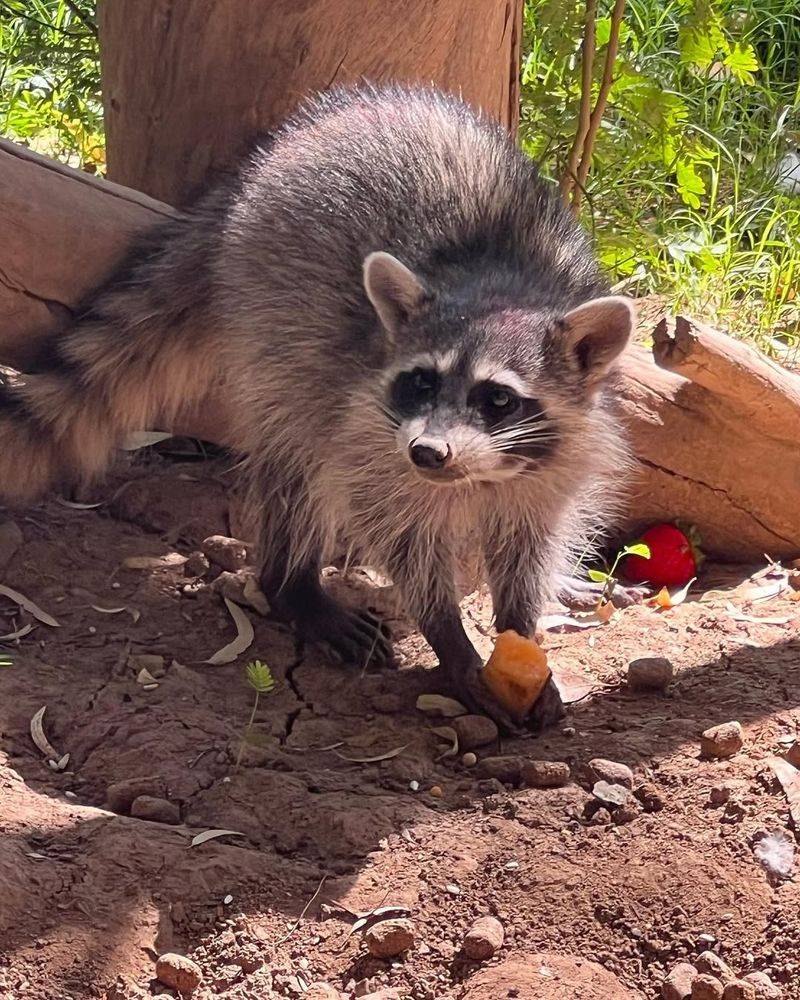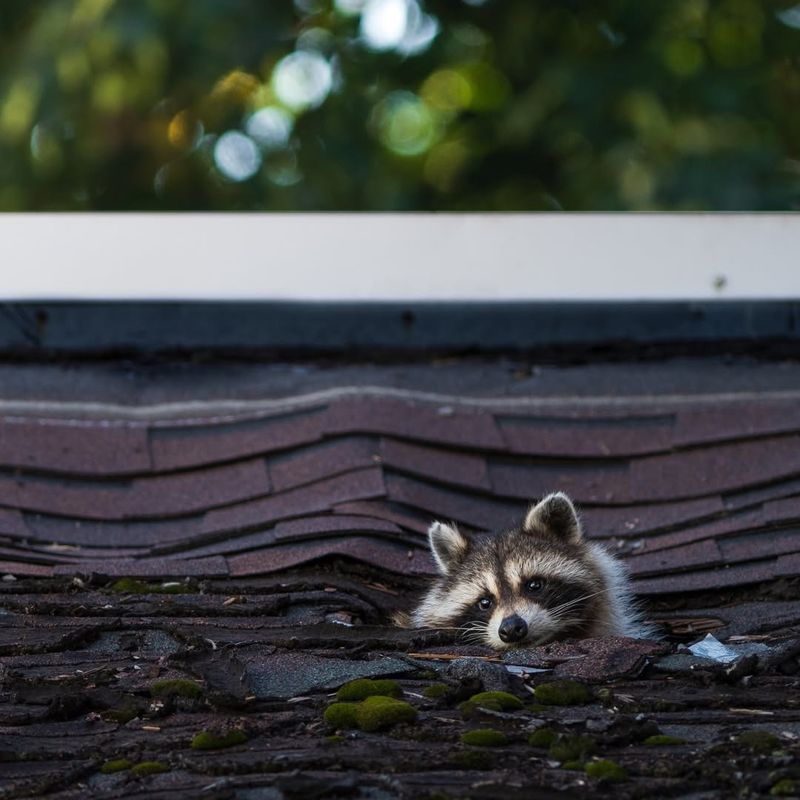Raccoons might look cute with their masked faces and bushy tails, but when they decide to make your Texas property their home, they can cause serious problems. From tearing up attics to digging through trash, these clever critters know how to create chaos.
Before you grab a broom and try to shoo them away yourself, there are some important facts every homeowner needs to understand about safely and legally dealing with raccoons.
1. Raccoons Can Carry Dangerous Diseases
Rabies is one of the most serious threats raccoons pose to Texas families and pets. These animals are among the top carriers of this deadly virus in the state.
Beyond rabies, raccoons also spread roundworm through their droppings, which can cause severe illness in humans if accidentally ingested. Leptospirosis is another bacterial infection they carry that affects both people and animals.
Getting too close during removal attempts puts you at direct risk of bites, scratches, or contact with contaminated materials. Professional handlers wear protective gear for good reason.
2. Texas Law Protects Raccoons As Fur-Bearing Animals
Many homeowners don’t realize that raccoons fall under specific wildlife regulations in Texas. The state classifies them as fur-bearing animals, which means you can’t just trap or relocate them without proper authorization.
Texas Parks and Wildlife Department requires permits for certain removal methods. Violating these rules can result in hefty fines that cost way more than hiring a licensed professional.
Only licensed trappers have the legal authority to relocate raccoons in most situations. Checking local ordinances before taking action saves you from potential legal headaches down the road.
3. Mother Raccoons Become Extremely Aggressive
A normally cautious raccoon transforms into a fierce defender when babies are involved. Female raccoons nest in attics, chimneys, and crawl spaces during spring, raising their young in what they consider safe territory.
Approaching a den with babies inside triggers intense protective instincts. She’ll bare her teeth, growl loudly, and won’t hesitate to charge or attack anyone she perceives as threatening her family.
Many homeowners underestimate how dangerous this confrontation can become. Waiting until babies are old enough to leave naturally is often the safest approach for everyone involved.
4. DIY Traps Often Make Problems Worse
Store-bought traps seem like an easy solution, but they frequently create bigger headaches. Inexperienced trappers often catch the wrong animal, like a neighbor’s cat or a skunk that sprays everything nearby.
Even when you catch the right raccoon, you’re left with an angry, stressed animal in a cage. They bite through gloves, spray urine, and can injure themselves trying to escape.
Then comes the question of what to do next—most people haven’t thought that far ahead. Improper release locations just move the problem to someone else’s property or endanger the animal’s survival.
5. Raccoons Cause Significant Property Damage Fast
Once raccoons establish residence in your attic or walls, destruction happens quickly. Their strong paws tear through insulation, rip open ductwork, and shred electrical wiring that could spark fires.
Urine and feces accumulate rapidly, soaking into wood and drywall. This creates awful odors and potentially dangerous mold growth that affects your family’s health.
The longer you wait to address the invasion, the more expensive repairs become. What starts as a small entry hole can turn into thousands of dollars in restoration costs within just weeks of occupation.
6. Exclusion Methods Require Specific Timing
Sealing up entry points seems straightforward until you accidentally trap animals inside your walls. Timing matters enormously when excluding raccoons from buildings.
Installing barriers during baby season means you might separate mothers from nursing young, causing them to die inside your home. The smell of decomposing animals is something no family should experience.
Professionals use one-way doors that let raccoons exit but not return, installed only after confirming no babies remain inside. This humane approach requires patience and knowledge that most Texas homeowners simply don’t have without training.
7. Your Homeowners Insurance Might Not Cover Damage
Discovering raccoon damage is stressful enough without learning your insurance won’t pay for repairs. Most standard homeowners policies in Texas specifically exclude damage caused by rodents, birds, and wildlife.
Some policies cover sudden damage like a raccoon breaking through your roof, but not the gradual destruction that happens over weeks. Reading the fine print before problems occur helps you understand your actual coverage.
Prevention becomes incredibly important when you realize you’re financially responsible for all repairs. Investing in professional removal and prevention now costs far less than paying for major restoration work later.
8. Prevention Works Better Than Removal
Stopping raccoons from moving in beats dealing with eviction every single time. Simple changes around your Texas property make it far less appealing to these opportunistic animals.
Secure trash cans with locking lids, remove pet food from porches overnight, and trim tree branches away from your roof. These basic steps eliminate the food sources and easy access that attract raccoons initially.
Inspect your home’s exterior regularly for potential entry points like loose vents, gaps under eaves, or broken screens. Fixing small openings before raccoons discover them saves enormous hassle and expense.

